How to make whole food liposomal vitamin C? What is whole food vitamin C? Why is it better?
I’ve been reading about vitamin C recently and some sources mention that whole-food vitamin C is superior to the synthetic version of it. This is because Ascorbic acid is just one of the twelve compounds that make up the Vitamin C complex. Ascorbic acid is not really a vitamin C, it’s just the antioxidant outer shell of the vitamin C complex – the protector of all these synergists so they will be able to perform their functions.
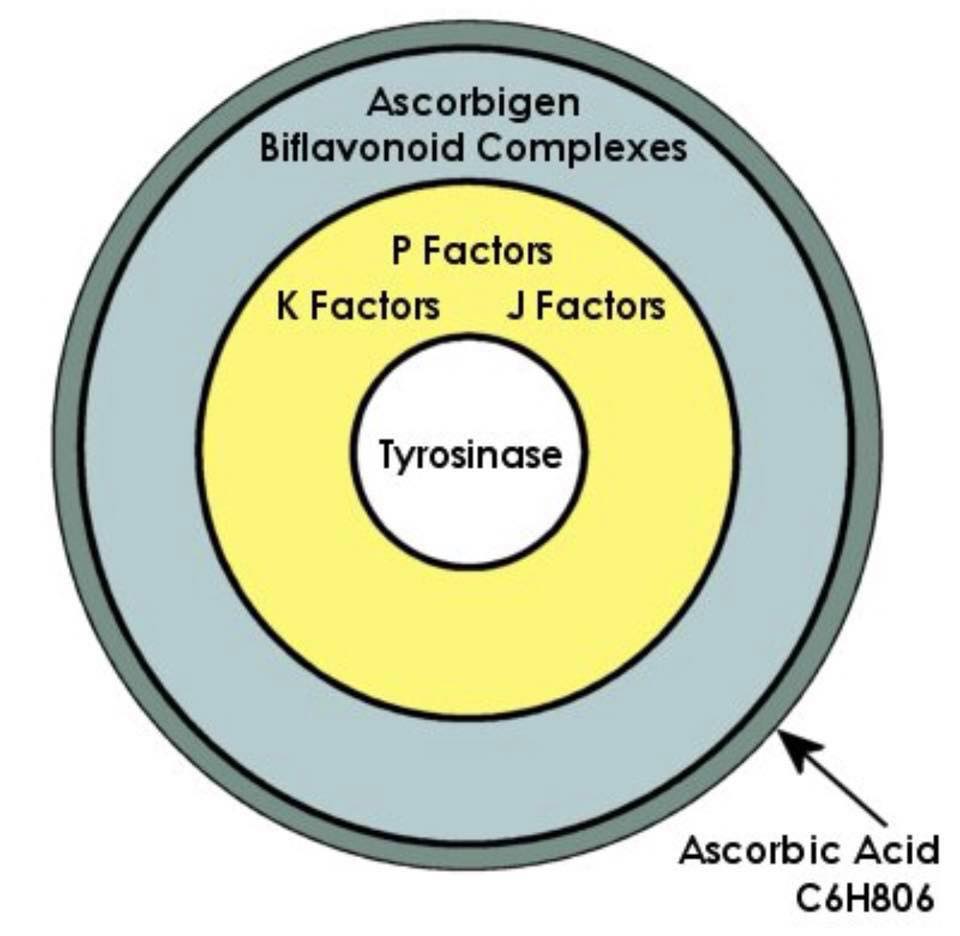
The body recognizes ascorbic acid as vitamin C but it is fooled since it is just an empty shell with no insides. What the cells want is the Tyrosinase enzyme that has copper ions in it, which is very important for iron metabolism.
Each of the other synergists in the vitamin C complex has a separate function:
- P factors for blood vessel strength.
- J factors for oxygen-carrying capacity of red cells.
- Tyrosinase is an essential enzyme for enhancing white blood cell effectiveness.
Whole-food vitamin C includes ascorbic acid as a shell, ascorbinogen, bioflavonoids, rutin, tyrosinase, Factor J, Factor K, Factor P. (source)
Some sources mention that taking ascorbic acid may cause copper deficiency. (source)
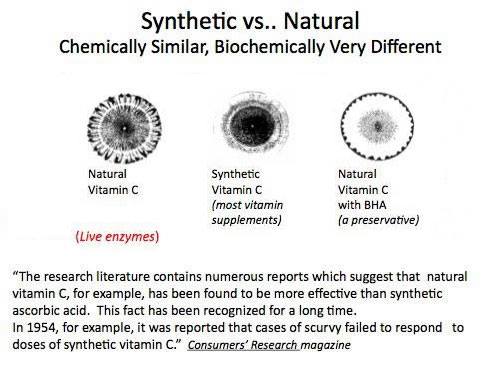
Some studies conclude that food-derived vitamin C and isolated ascorbic acid are equally bioavailable in humans, however, whole food vitamin C is preferable because of other macro-and micronutrients and phytochemicals.
I am still researching this topic, and I still use ascorbic acid and sodium ascorbate when I get sick and when I don’t have whole-food vitamin C on hand, however as you can see whole food vitamin C is superior compared to the synthetic one.
Let’s start with the recipe.
How to Make Whole Food Liposomal Vitamin C
Ingredients:
- 3 Tablespoons of non-GMO lecithin powder (or 1.5 Tablespoons liquid lecithin)
- 1 1/2 cup of warm purified water
- 2 Tablespoons of Rosehip powder
- Ultrasonic cleaner
- Blender or a stick blender
How to make whole food liposomal vitamin C at home:
- Mix lecithin (powder or liquid) in 1 cup of warm filtered water.
- Separately, mix rosehip powder in 1/2 cup of warm filtered water.
- Leave the 2 containers (one with lecithin, one with rosehip) a few hours at room temperature or in the fridge overnight to dissolve them.
- When the two solutions are dissolved put them together in a blender and mix well. You can use a stick blender for easy clean-up.
- When the two solutions are dissolved and blended together, put the mixture in an ultrasonic cleaner for 10-30 minutes, until you get the consistency that works for you. Put the vitamin C mixture into a container (glass beaker) and set the container into the water. Do not use a mason jar as it is too thick for the ultrasonic waves to pass through.
- Store your liposomal vitamin C in glass jars with a non-metal lid.
The dosage is 2 tablespoons (1 oz) per day. The best time to take it is in the morning on an empty stomach, or it can be taken several times a day if you are treating an acute condition.
Recipe courtesy of Mary’s Homeopathy Study Group.
Related: “How to Make Liposomal Vitamin C At Home (Homemade Lipo-spheric Sodium Ascorbate Recipe)”
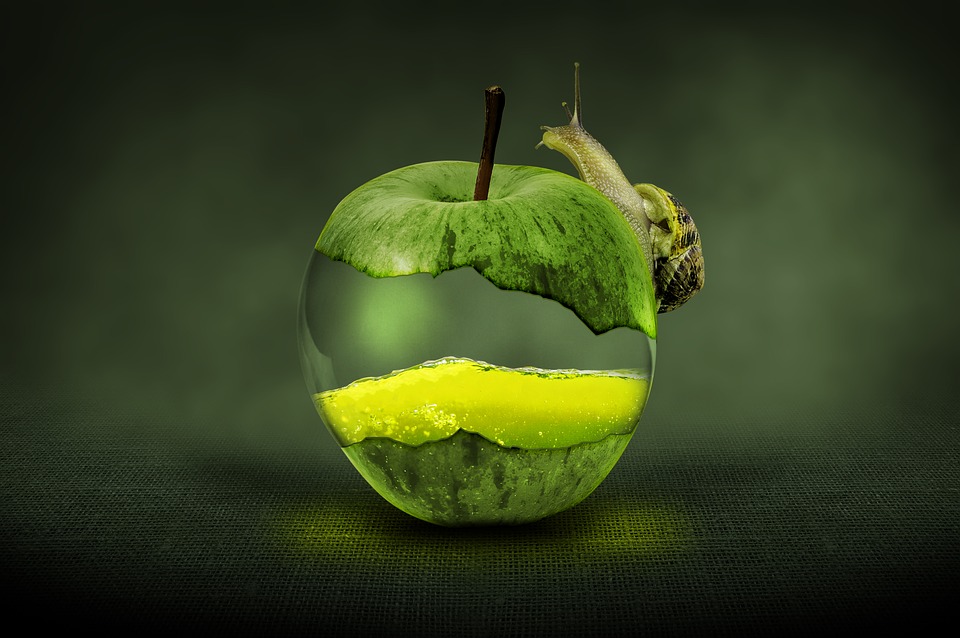
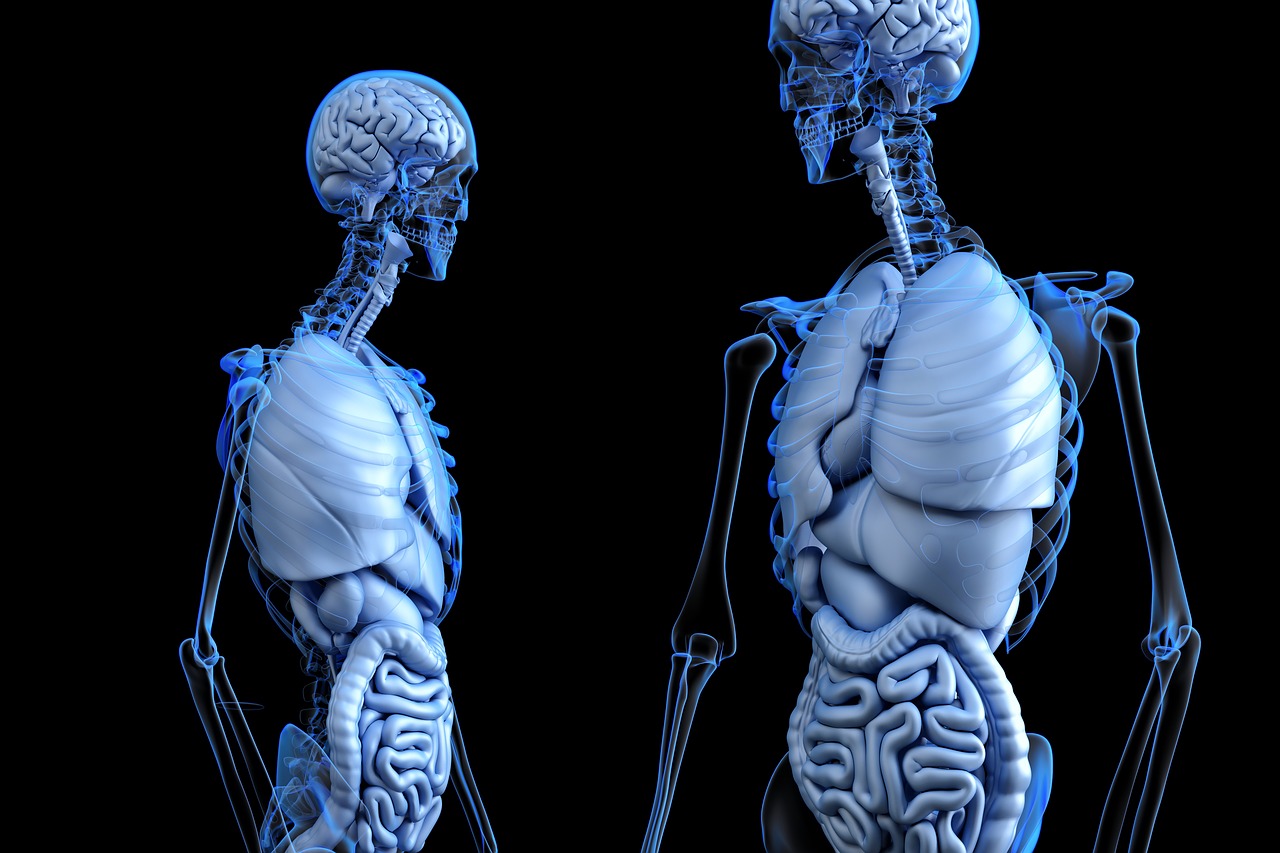
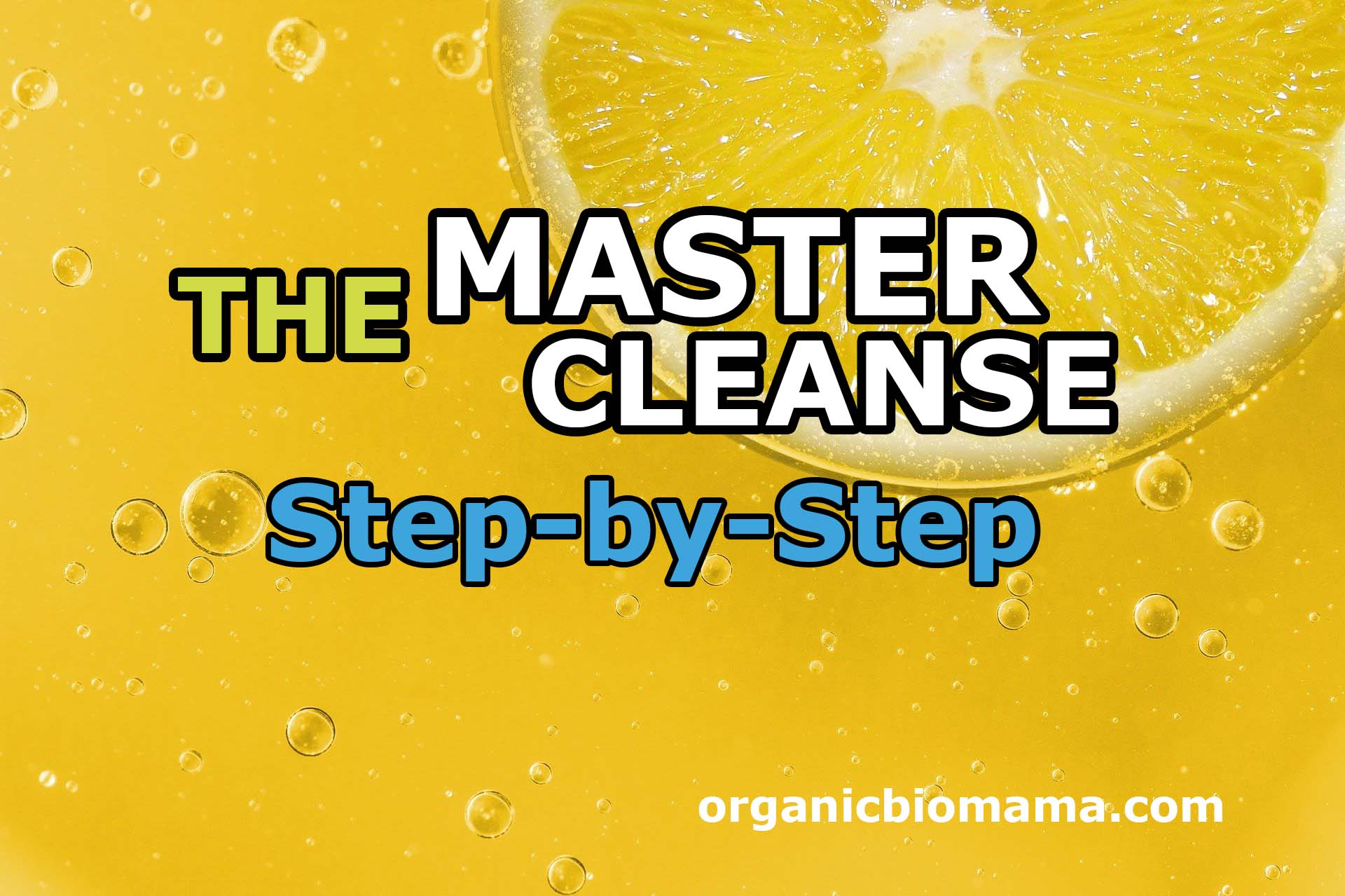
How much of this liposomal vitamin C should I take to get 1,000 mg vitamin C? Thank you!
There is about 1700-2000 mg vitamin C per 100 g of rosehip powder. It’s about 22 grams per 2 tablespoons. So the recipe will make about 400 mg of vitamin C per batch.
HI,
Can I use ascorbic acid?
What is the advantage of using a beaker and not (just dump solution into ultrasonic cleaner?
Thanks,
David
Hi! There is a different recipe with Sodium ascorbate/Ascorbic acid here: httpss://organicbiomama.com/homemade-liposomal-vitamin-c-recipe
I wouldn’t dump it to the cleaner because the stainless steel base may leach metals. We do not want to encapsulate metals. Regards, Feruza.
What does the ultrasonic cleaner do? Can I skip this step?
Hi, there! Ultrasonic cleaner is needed for encapsulation of vitamin C. There are other methods of encapsulation using a blender or other tools which you can look up.
Can I use Rosehill flower powder instead of Rosehill powder to make this food grade vitamin C?
It may work if the petals have enough amount of vitamin C. I am not sure, but you could give it a try.